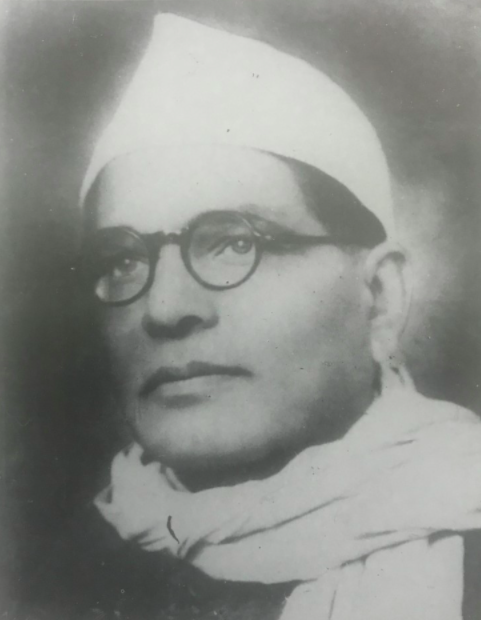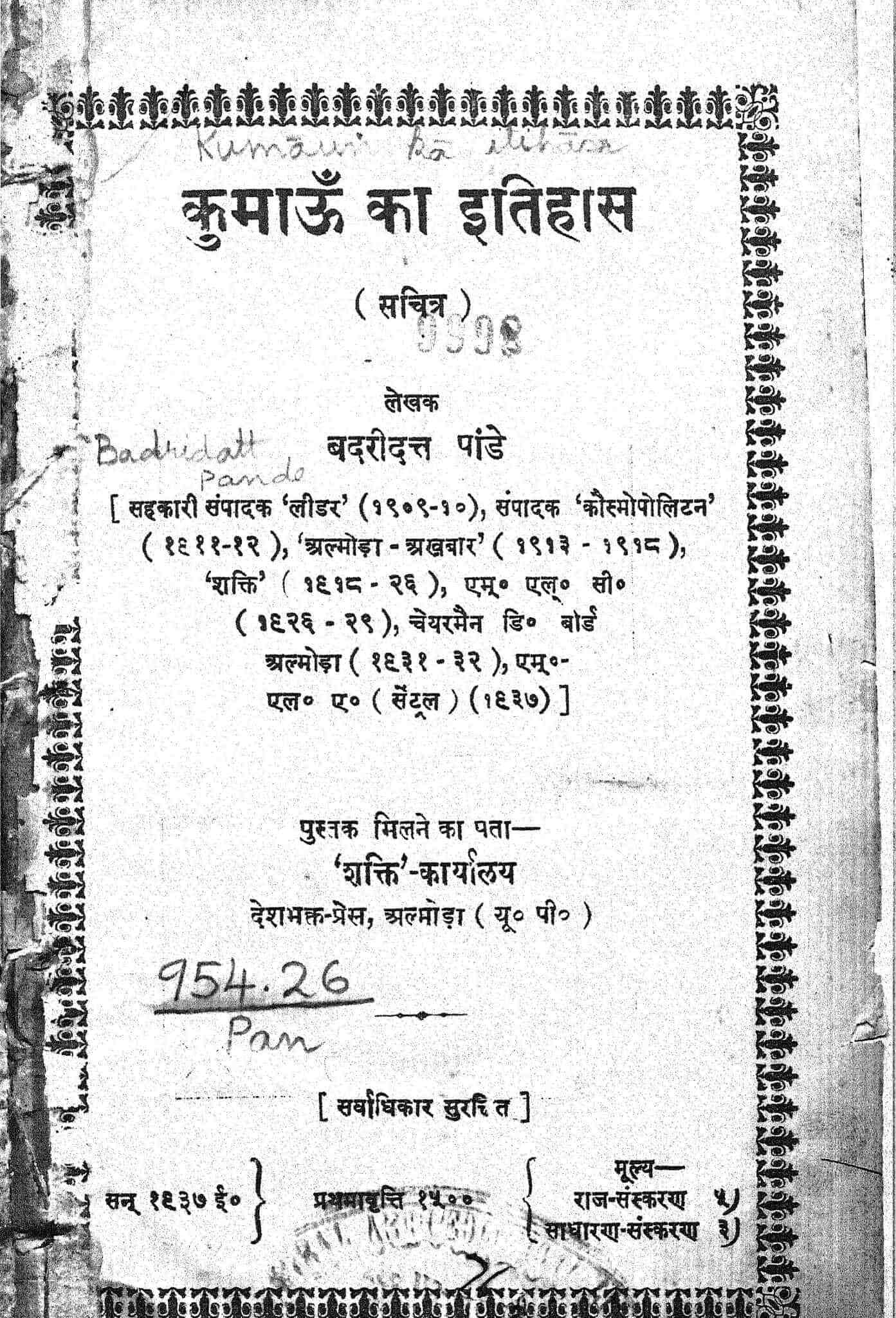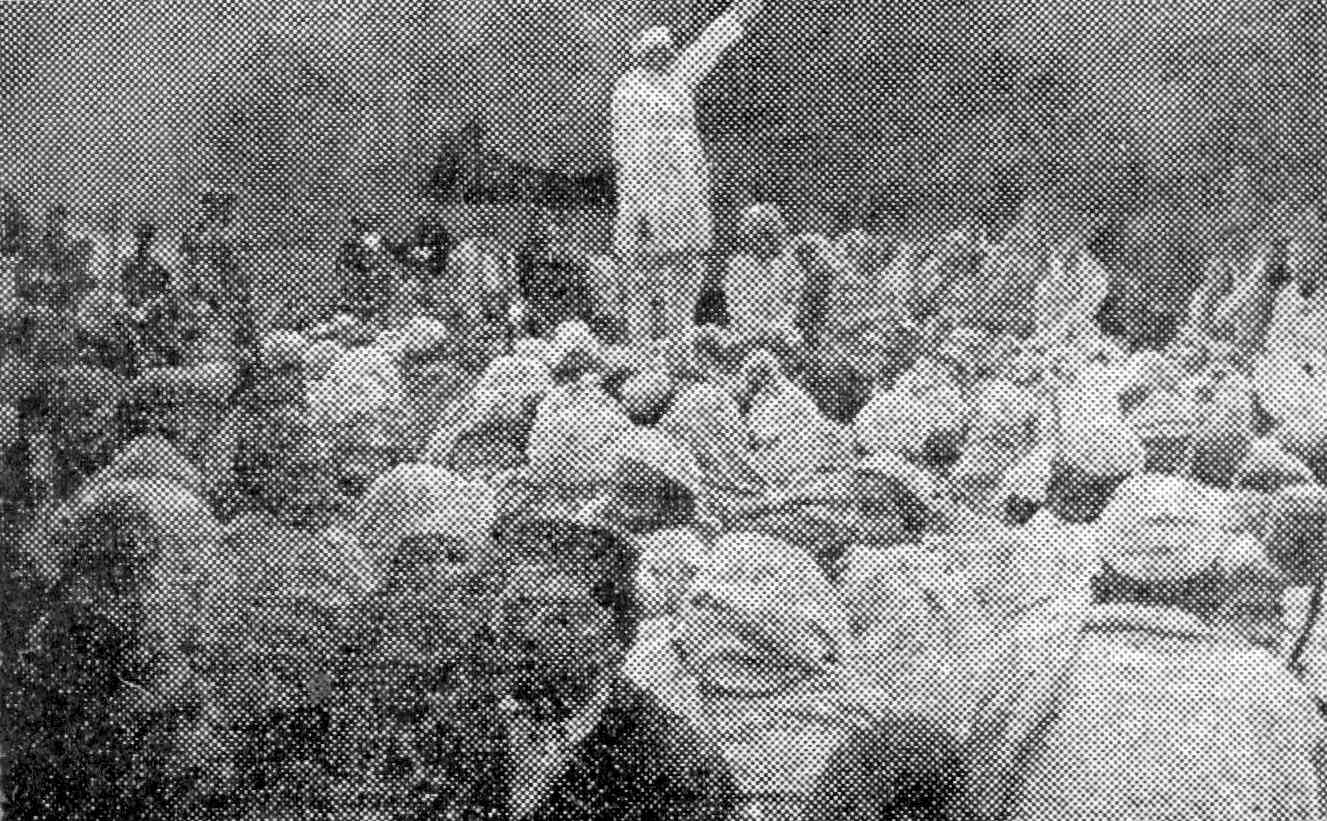BADRI DATT PANDEY
Badri Datt Pandey was born on 15 February 1882 in the Haridwar district of present-day Uttarakhand. The death of his parents when he was barely seven years old saw him shift to Almora, where he finished his schooling. In 1903, he began working as a teacher in Nainital and though he eventually did get a government job in Dehradun, he quit it to enter journalism. From 1903 to 1910 he worked for a newspaper called Leader in Dehradun. From 1913-1918 he served as the last editor of Almora Akhbar, a paper which give momentum to the Freedom Movement. However, it was forcibly shut by the authorities due to its anti-British leanings. On 15 October 1918, (a day that coincided with Vijayadashami), he published a revolutionary newspaper called Shakti. Kumaon was relatively peaceful till around 1919 when the people there began protesting against the deplorable policies and practices of the British establishment.
In 1921, the general populace of Kumaon in the Bageshwar town staged a nonviolent movement known as the Coolie Begar movement. Coolie Begar referred to the law that mandated that the locals residing in the hilly areas of Kumaon ensure the free transportation of the luggage belonging to the travelling British officials, soldiers, surveyors, etc. This exploitative practice was forced labour without any payment. The village head was expected to provide several coolies for a particular period. A register was maintained, and the names of the villagers were written in it. Everyone was required to undertake this menial task. To appease the British authorities, the village head and patwari began promoting this virtue to safeguard their interests. There were times the villagers were also forced to do some very revolting tasks, such as picking up trash or washing clothes for the British. The British were physically and mentally exploiting them, and the villagers now began to rebel against this abusive practice.
On 14 January 1921, during the Uttarayani festival, the Coolie Begar movement began on the field at the confluence of the Saryu and Gomati rivers. People from many communities came to the festival grounds to take part in the movement, thereby turning it into a massive spectacle. Initially, they went to the Bagnath Temple to pray, and then over 40,000 people marched in procession to Saryu Bagad, waving a flag with the words, End the Coolie Begar. Later, during a meeting that was held on the Saryu grounds, Badri Datt Pandey took an oath, saying, “Taking the sacred Saryu's water, and with the Bagnath temple as a witness, we promise that we will not tolerate Coolie Utar, Coolie Begar, and Coolie Burdayash anymore”. Everyone assembled also took the pledge, and the village leaders, who had brought the record registers, hurled them into the confluence while shouting praises to Bharat Mata. The success of this movement lay in the fact that it woke up the political consciousness of the Kumaoni people, and they became aware of their strength and power. Pressure was thus exerted on the British, and the deplorable traditions of Coolie Utar, Coolie Begar, and Coolie Burdayash came to an end. After the success of this movement, Badri Datt Pandey was honoured with the title Kumaon Kesari. It is said that Gandhiji named this agitation as a ‘Bloodless Revolution’.
Badri Datt Pandey was an ardent nationalist. During the satyagraha movement, Badri Datt Pandey was arrested even before he could commence it and was sentenced to three months imprisonment. Though the trials took place in the jail in Almora, Pandey refused to participate in them. His book in Hindi, titled Kumaon Ka Itihas (History of Kumaon), is a memorable contribution to the field of historical studies. Badri Datt Pandey subsequently became a Member of Parliament from Almora in 1955. He passed away in the year 1965.
His failing health was the cause of his untimely death on 23 March 1943. On 10 October 1974, the Anusuya Prasad Bahuguna Government Post Graduate College Agastyamuni, in Uttarakhand was established in memory of this unsung hero.
 Government of India
Government of India




 Recognizing the ongoing need to position itself for the digital future, Indian Culture is an initiative by the Ministry of Culture. A platform that hosts data of cultural relevance from various repositories and institutions all over India.
Recognizing the ongoing need to position itself for the digital future, Indian Culture is an initiative by the Ministry of Culture. A platform that hosts data of cultural relevance from various repositories and institutions all over India.

